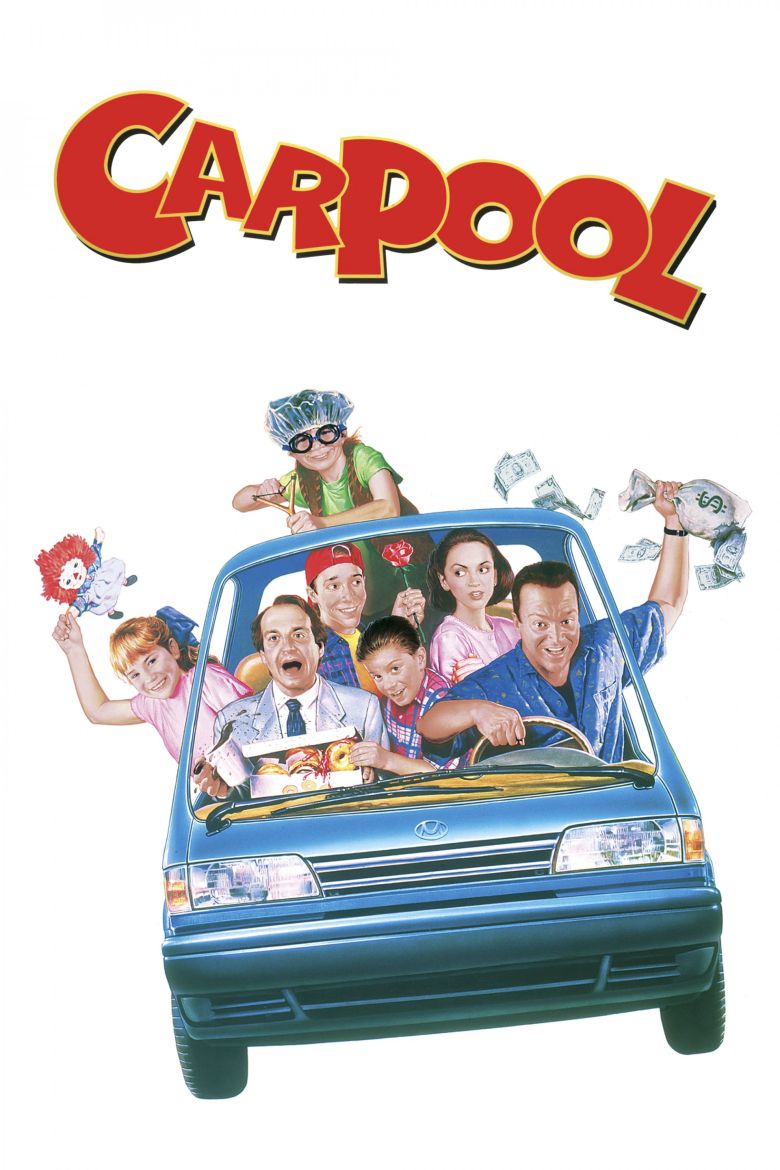
By the 1930s marriage no longer centered exclusively around progeny and domestic servitude, but instead compatibility and sexual fulfillment. As women became increasingly visible in the public sphere due to their right to vote and greater employment opportunities outside of the home, their sexual liberation became a symbol of their modernity.

Reflecting on films like The Awful Truth (Leo McCarey, 1937), His Girl Friday (Howard Hawks, 1940), and The Philadelphia Story (George Cukor, 1940), Cavell notes that “neither law nor sexuality is sufficient to ensure true marriage…what provides legitimacy is the mutual willingness for remarriage.” His emphasis on mutuality arises from the changing conception of marriage in the mid-1920s, which evolved from an ascetic Victorian ritual to a union based on companionship. He based his concept on the prevalence of bickering couples like those in It Happened One Night and Twentieth Century that break-up (or divorce) over the course of a film and reunite by its conclusion. In his seminal book Pursuits of Happiness, philosopher Stanley Cavell identifies “remarriage” as a recurring trope in the screwball genre. Although the genre did not come to be known as “screwball comedy” until mid-1936 (first used in a Variety review of Lombard’s performance in My Man Godfrey), these two films captured the absurd eccentricities that came to define screwball comedy’s approach to love, gender, and politics. In It Happened One Night, newspaperman Peter (Clark Gable) gives heiress Ellie (Claudette Colbert) the cheeky nickname “brat” in an effort to cure her of her snobbiness, while in Twentieth Century, Oscar (John Barrymore) and Lily’s (Carole Lombard) oversized egos confirm their undeniable compatibility.
#MADCAP COMEDY FULL#
Capra’s narrative is quaintly charming (leading some critics to give his films the unflattering label “Capricorn”), while Hawks’ sardonic world is full of characters that are deliciously self-absorbed.

They could not be more different in tone, sentimentality, and plot, but they share an unorthodox portrayal of romance, defined largely by playful antagonism and Depression-era cynicism. In 1934 two Columbia Pictures films, Frank Capra’s It Happened One Night and Howard Hawks’ Twentieth Century, ignited the screwball comedy firestorm. This cycle of films came to be known as screwball comedy, and nearly 90 years later it remains, paradoxically, a distinct time capsule of its era and one of the most transcendent genres of the classical Hollywood period. In the mid-1930s audiences were introduced to a new type of comedy style that blended that Hollywood-lite social commentary with eccentric romance, rapid-fire dialogue, combative gender dynamics, and slapstick. Like any major American industry, Hollywood was formative to the public’s perception of culture and politics, and the movies were a temperature gauge of the decade’s cultural climate. And how could they not be? With nearly one in four Americans out of work by 1933 and a slow-but-stable economic recovery stimulated by President Franklin Delano Roosevelt’s New Deal program, the bleakness of the Great Depression and the disparity between the haves and have-nots was an omnipresent thread throughout the decade’s popular culture.

The ubiquity of genres like historical melodramas and musicals indicates that rationale may be true to an extent, but even the most fantastic films were grounded in some semblance of social realism.

A common misconception about 1930s Hollywood cinema is that escapism was the trend du jour.


 0 kommentar(er)
0 kommentar(er)
